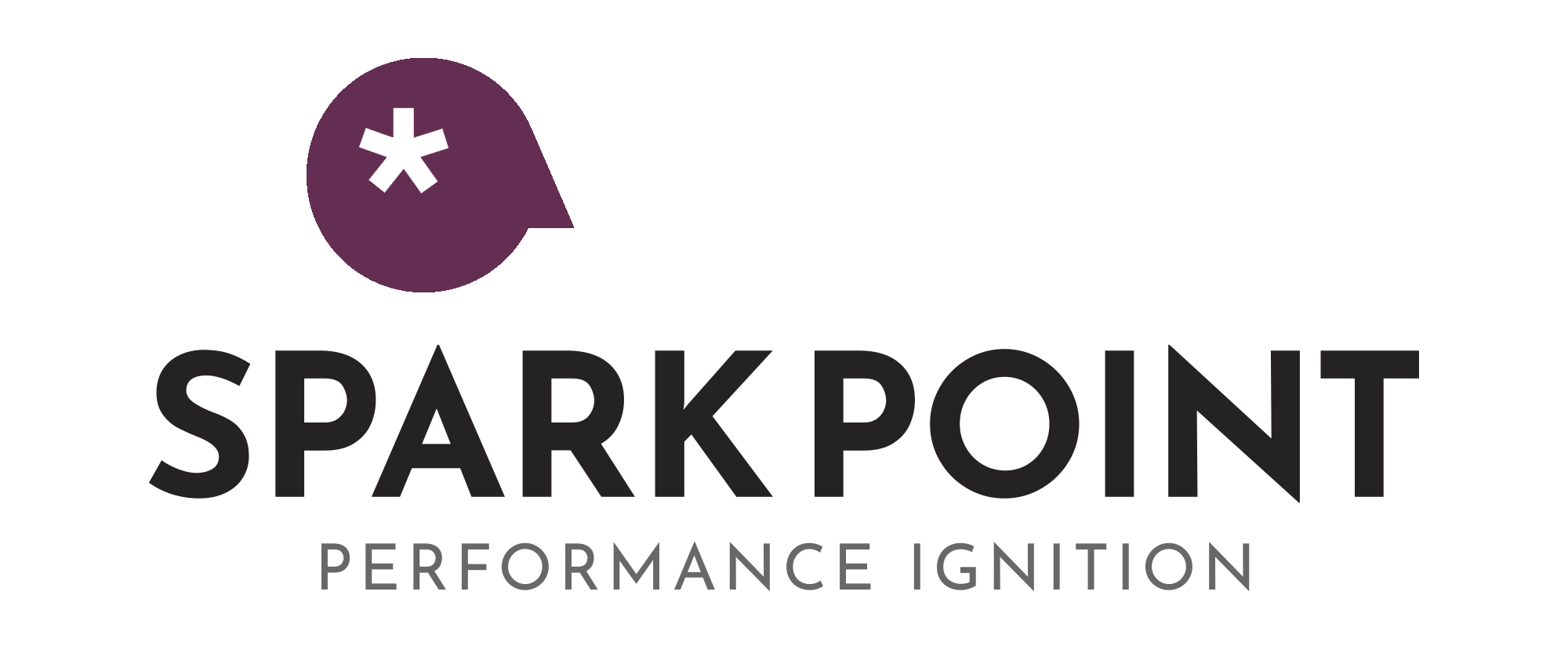Training and Learning: Why They Are Different
In any organization, training is an essential function. Training helps to properly onboard people, keeps their skills and competencies fresh and current, builds a platform for any successful change initiative, builds leaders, and works to further develop career paths. All necessary. All important.
However, when we are looking to save time, money or both, one of the first things that gets pushed to the back-burner is training. It’s not because we want it that way, but necessity makes it so. Or so we think.
It’s time to break through this perennial cycle. When we don’t have time or money, we don’t do the training we would like. This leads to an organization struggling even more with gaps in essential knowledge on skills, processes, or both. This, in turn, creates more dysfunctions on teams because there is a disparity between people who know how to do things and people who don’t, quality goes down, management has even more conflict and staffing issues to address, customer care suffers, morale tanks, culture struggles, and people start to leave which makes all of the other problems even worse.
Rather than thinking about training and this “loop”, it’s necessary to think about how people in your organization are learning. Many times we do conduct training, but people haven’t really learned what they need to, feel confident with the knowledge, or know how to apply it. And sometimes our training functions are reduced to just checking off the boxes of the training they are supposed to complete, rather than checking for competency with the information. This is sometimes why it is easy for us to cut back on training because we aren’t always feeling the value of it.
Training is essential, yes, but learning is even more critical. Learning can come through well-designed training sessions that provide multiple ways for learners to learn. It can come through the strategic use of internal partners, such a peer-or manager-mentors, it can come through on-the-job shadowing and training, it can come from thoughtful and well-designed team meetings focused on real-time learning for that team and the challenges they experience regularly. And it can come from hundreds of other sources.
As a leader, ask yourself these key questions:
- “What do my people most need to learn?”
If yours is like most organizations, the list is very, very long. You have to prioritize, either at the organizational level or the functional level. Talk with your leaders and teams to find out 5 things that would make the biggest difference. Don’t be lulled by the smoke screen of someone saying, “We already do that.” If employees aren’t able to execute, something about the learning or pull through of the learning is missing.
- “When was the last time we evaluated our approach to training?”
Again, many times we create a training function, build the systems or processes, then plug into auto pilot. Or sometimes we have a structure for new hires or a process to do ongoing training, but we don’t actually follow it. We nip and tuck and gradually erode the quality of time, trainers or other dedicated resources to make the learning process work as it was intended to. Taking a fresh look at how to help people learn and what processes will help them to do that can make the precious time you spend learning more fruitful.
- “How are we ensuring people are building their skills and competencies?”
It’s never enough to just train someone how to do something. Are we building in a process to see if they are actually able to do it? Put into place what your expectations are for someone who is new, 3 months in, 12 months, etc and check in to see if they are growing along that trajectory appropriately. Managers and supervisors need to be actively engaged in assessing and coaching competence levels with new and existing employees, regardless of their level or tenure.
Work to find a number of ways to improve your learning function to lift the level of competence across the board. When we start to see the end goal as learning and behavior change, we can broaden our understanding of how to improve training and learning practices.

